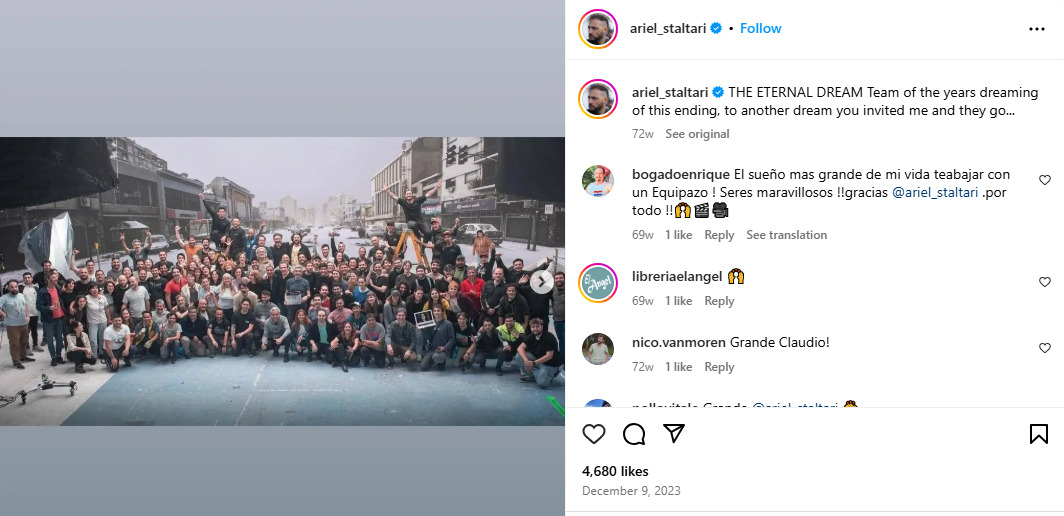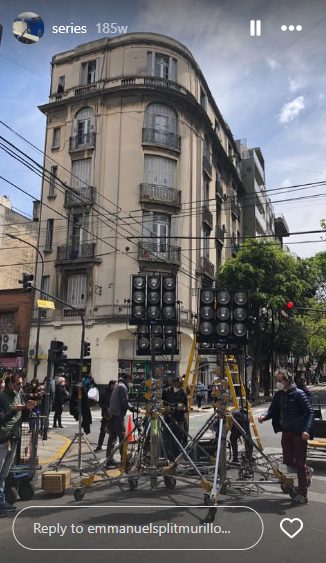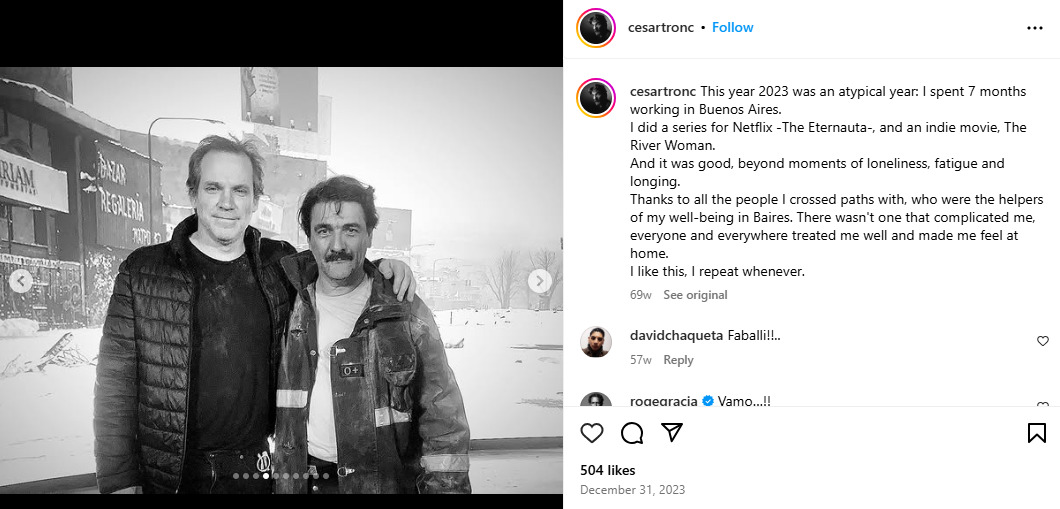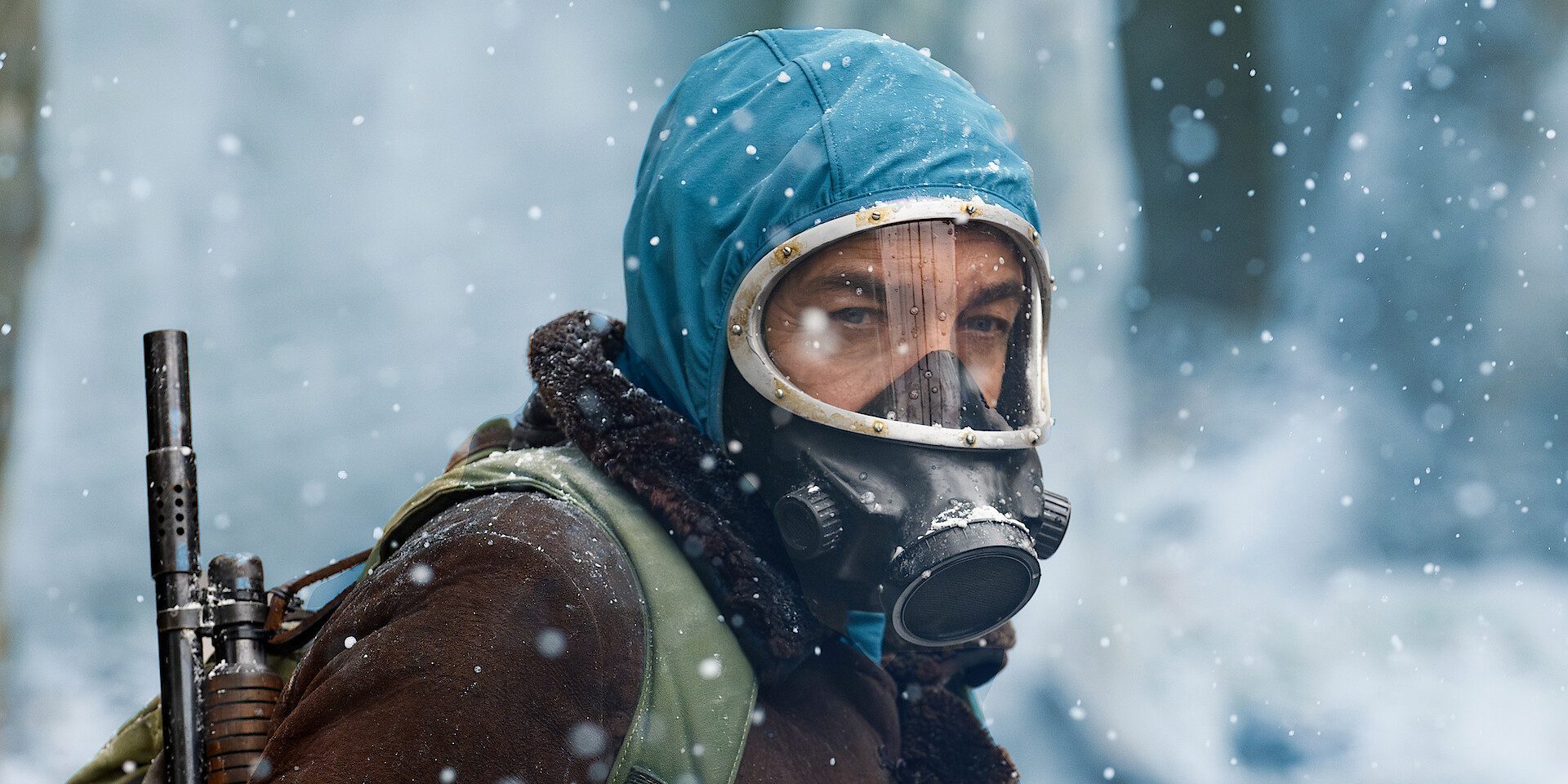Created by Bruno Stagnaro, Netflix’s ‘The Eternaut’ is an Argentine science fiction action-adventure show set in a snow-laden post-apocalyptic Buenos Aires where survival is paramount. The toxic snow has wiped out a major part of the population, while leaving the rest lost, divided, and fighting to survive. In the middle of all this snow-capped chaos, Juan Salvo must find his daughter. However, he must be prepared for anything, especially the inhuman entities waiting to strike at the first chance. The show is the first screen adaptation of the 1957 Argentine sci-fi comic of the same name by Héctor Germán Oesterheld and Francisco Solano López. For a show with post-apocalypse and desolation as themes, visuals play an essential role in the narrative, showcasing the fear of isolation and the unknown.
The Eternaut Filming Locations
In keeping with the plot, the production team filmed ‘The Eternaut’ entirely in Buenos Aires, Argentina. Principal photography took place over 148 days, beginning in May 2023 and continuing for several months before wrapping up in December of the same year. The crew made use of 35 real locations across three areas and 25 virtual-production sets to establish environments that best suited the post-apocalyptic setting. In conversation with Tudum, co-writer/actor Ariel Staltari stated how their “biggest challenge, as creators, was to respect the spirit of the work and make this new world more realistic so that it doesn’t become dated with the era in which it was written.”
Buenos Aires, Argentina

The autonomous district of Buenos Aires, Argentina’s capital, which is located in the country’s southwest region, became the base for the entire shoot, including the virtual production. “The city is a living presence, almost like another character,” the director Bruno Stagnaro told Tudum. The Federal District (Distrito Federal), with which Buenos Aires is co-extensive, was captured extensively and served as an authentic urban backdrop for the narrative. It is the city’s historical, cultural, and administrative hub, home to the Plaza de Mayo (the city square), the Palace of Congress (seat of the Argentine National Congress), the City Hall (a government building which served as the seat of Office of the Chief of Government till 2014), the St. Ignatius Church (oldest church in the city), and the Obelisk (an iconic landmark).

The significance of the location helped the team add depth to the narrative and enhance the aesthetic. While almost everything was covered in snow (added later during post-production, which took over one and a half years), care was taken to ensure it is recognizable on screen. A chunk of scenes was filmed on the Avenida General Paz (General Paz Avenue) freeway, specifically the northern section that separates the neighborhoods of Núñez and Saavedra from Vicente López Partido. The 20-mile motorway surrounds Buenos Aires, separating the city from the Buenos Aires Province.
Its expanse enabled the team to use it for wide shots, indicating the widespread nature of the post-apocalyptic event. Cars (abandoned) and wreckage were also put in multiple spots to highlight the highway further. As per Stagnaro, the aim was “to capture the atmosphere of certain strips that, atleast for me, were iconic, and I wanted to see if we could portray that.” Saavedra, a neighborhood located at the city’s northern end, became the backdrop for several action scenes, including gunfights between two or more parties and explosions. Since it is located near the section of Avenida General Paz where the crew shot several scenes, its urbanized architecture and streets may have served as a plus for filming in terms of convenience and the narrative.

Here, too, they lensed many wide shots, and CG snow was added later on. Abandoned buildings and deserted roads were accessed to provide a sense of isolation. A train yard was also used as the setting for a handful of scenes. Blue and green screens were set up, and later altered to extend the backgrounds per the narrative’s requirements. A section of the neighborhood was sealed off, and fake snow was also used to help the actors get into the scene. While the above-mentioned areas were utilized for outdoor shoots, the production team reached out to Cacodelphia Studios, located at Brandsen 2057, C1287AAQ, for the virtual production of the indoor scenes and many outdoor scenes too.
Cutting-edge technology was implemented to build the “infinity stage,” over 10 meters long, surrounded by high-definition curved LED screens, which were used to render more than 25 digital environments. The system enabled the production team to create digital snow, control snowfall, change the brightness of the sun and its position, extend environments, and add urban elements, all in real time. “We work with screens that I have never seen in my life. Look, I’ve done a lot of things, but this…this was something else. You are in context, you live it, you feel it. It’s amazing. Really amazing,” actor Ricardo Darín was quoted as saying by Cacodelphia Studios.
Read More: Where Was Murder at Yellowstone City Filmed?


